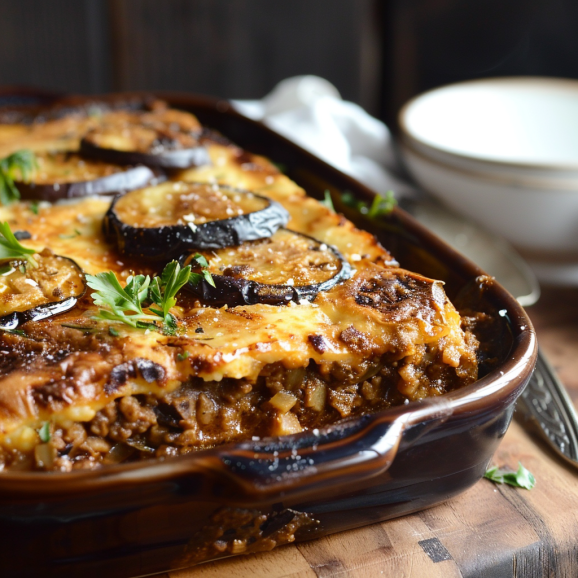
Greek cuisine is renowned for its rich flavors, healthy ingredients, and diverse dishes. One of the most iconic and beloved dishes is Moussaka. This traditional Greek casserole layers eggplant, ground meat, and a creamy béchamel sauce to create a hearty and delicious meal. In this blog post, we will explore the history and cultural significance of Moussaka, provide a detailed recipe, and answer some frequently asked questions to help you perfect this classic dish.
Greek Moussaka Recipe: The Origins and Significance of Moussaka
Moussaka is a traditional Greek dish with deep roots in the Mediterranean and Middle Eastern culinary traditions. The name “Moussaka” is derived from the Arabic word “musaqqâ,” which means “chilled.” However, the Greek version of Moussaka, as we know it today, was popularized in the 1920s by the renowned Greek chef Nikolaos Tselementes. He introduced the béchamel sauce layer, which distinguishes Greek Moussaka from its Middle Eastern counterparts.
Moussaka is more than just a meal; it is a celebration of Greek culture and heritage. It is often served during special occasions, family gatherings, and festivals. Each layer of the dish represents the rich and diverse flavors of Greece, making it a favorite among locals and tourists alike.
Greek Moussaka
Ingredients
For the Eggplant Layer:
- 2 large eggplants
- Salt
- Olive oil for brushing
For the Meat Sauce:
- 2 tablespoons olive oil
- 1 large onion, finely chopped
- 2 garlic cloves, minced
- 1 pound ground beef or lamb
- 1 can (14 ounces) crushed tomatoes
- 2 tablespoons tomato paste
- 1/2 cup red wine
- 1 teaspoon ground cinnamon
- 1/2 teaspoon ground allspice
- Salt and pepper to taste
- 1 bay leaf
- 1/4 cup chopped fresh parsley
For the Béchamel Sauce:
- 5 tablespoons butter
- 1/2 cup all-purpose flour
- 3 cups milk, warmed
- 1/2 cup grated Parmesan cheese
- 2 egg yolks, beaten
- Salt and nutmeg to taste
Greek Moussaka Instructions
Prepare the Eggplant:
- Slice the eggplants into 1/4-inch thick rounds. Lay them on a baking sheet and sprinkle with salt. Let them sit for 30 minutes to draw out excess moisture. Pat them dry with paper towels.
- Preheat the oven to 400°F (200°C). Brush the eggplant slices with olive oil and arrange them in a single layer on baking sheets. Bake for 20-25 minutes until golden brown and tender. Set aside.
Make the Meat Sauce:
- In a large skillet, heat the olive oil over medium heat. Add the chopped onion and cook until soft and translucent, about 5 minutes. Add the minced garlic and cook for another minute.
- Add the ground beef or lamb to the skillet and cook until browned, breaking it up with a spoon.
- Stir in the crushed tomatoes, tomato paste, red wine, cinnamon, allspice, salt, pepper, and bay leaf. Simmer the sauce for 20-30 minutes until thickened. Remove the bay leaf and stir in the chopped parsley. Set aside.
Make the Béchamel Sauce:
- In a saucepan, melt the butter over medium heat. Stir in the flour and cook for 2-3 minutes until lightly golden.
- Gradually whisk in the warmed milk, ensuring there are no lumps. Continue to cook, whisking constantly, until the sauce thickens.
- Remove the saucepan from heat and stir in the grated Parmesan cheese. Slowly whisk in the beaten egg yolks. Season with salt and nutmeg.
Assemble the Moussaka:
- Preheat the oven to 350°F (175°C). Lightly grease a 9×13-inch baking dish.
- Arrange half of the baked eggplant slices in a single layer at the bottom of the dish.
- Spread the meat sauce evenly over the eggplant layer.
- Top with the remaining eggplant slices.
- Pour the béchamel sauce over the top, spreading it evenly with a spatula.
Bake the Moussaka:
- Bake in the preheated oven for 45-50 minutes until the top is golden brown and bubbling.
- Allow the Moussaka to cool for at least 15 minutes before slicing and serving.
Moussaka Frequently Asked Questions (FAQ)
1. What is Moussaka made of?
Moussaka is made of layered eggplant slices, a flavorful meat sauce (typically ground beef or lamb), and a creamy béchamel sauce.
2. Can Moussaka be made vegetarian?
Yes, Moussaka can be made vegetarian by substituting the meat with a mixture of lentils, mushrooms, or a plant-based meat alternative.
3. How long does Moussaka last in the fridge?
Moussaka can be stored in the refrigerator for up to 3-4 days. Reheat individual portions in the microwave or the entire dish in the oven before serving.
4. Can I freeze Moussaka?
Yes, Moussaka freezes well. Allow it to cool completely, then wrap it tightly in plastic wrap and aluminum foil. Freeze for up to 2-3 months. Thaw in the refrigerator overnight before reheating.
5. What is the best side dish to serve with Moussaka?
Moussaka pairs well with a Greek salad, crusty bread, and a glass of red wine.
Greek Wine Pairings for Moussaka
Pairing Greek Moussaka with the right wine can elevate the dining experience, enhancing the rich flavors and textures of this classic dish. Moussaka, with its layers of eggplant, savory meat sauce, and creamy béchamel, calls for wines that complement its depth and complexity. Here are some excellent Greek wine pairings to consider:
Agiorgitiko
Agiorgitiko, also known as St. George’s grape, is one of Greece’s most versatile red grape varieties. Originating from the Nemea region, this wine is known for its deep red color and soft tannins. Agiorgitiko offers flavors of red berries, plum, and a hint of spice, making it an excellent match for the rich and flavorful layers of Moussaka. The wine’s acidity helps balance the dish’s béchamel sauce, while its fruitiness complements the savory meat sauce.
Xinomavro
Another excellent red wine pairing for Moussaka is Xinomavro, a prominent grape variety from the Naoussa region. Xinomavro wines are often compared to Nebbiolo, with their high acidity, robust tannins, and complex flavors of dried tomatoes, olives, and dark fruits. The wine’s boldness and earthiness align beautifully with the hearty flavors of the eggplant and meat sauce, while its acidity cuts through the richness of the béchamel.
Assyrtiko
For those who prefer white wine, Assyrtiko from the island of Santorini is a fantastic choice. This white wine is known for its high acidity, mineral notes, and citrus flavors. Assyrtiko’s crispness and refreshing qualities make it a surprising yet delightful pairing with Moussaka, especially for those who prefer a lighter contrast to the dish’s rich components. The wine’s acidity complements the béchamel sauce and cleanses the palate between bites.
Retsina
Retsina is a unique Greek wine that has been infused with pine resin. This ancient method of winemaking gives Retsina its distinctive flavor profile, characterized by herbal and resinous notes. While Retsina may be an acquired taste, it pairs surprisingly well with Moussaka, especially when the dish includes spices like cinnamon and allspice. The wine’s herbal qualities can enhance the complexity of the dish and provide a refreshing balance.
Rosé Wines
Greek Rosé wines, particularly those made from Agiorgitiko or Xinomavro, offer a versatile pairing for Moussaka. These rosés typically feature bright acidity, red fruit flavors, and a hint of spice, making them a good match for the dish’s savory and creamy elements. The freshness of rosé wine can balance the richness of the béchamel and provide a pleasant contrast to the meat sauce.
Dessert Pairing: Vinsanto
For a sweet finish, consider pairing Moussaka with Vinsanto, a dessert wine from Santorini. Vinsanto is made from sun-dried Assyrtiko and Aidani grapes, resulting in a wine with rich flavors of dried fruits, honey, and caramel. This sweet wine can be an excellent choice if serving Moussaka as part of a larger meal, as it complements the dish and provides a satisfying end to the dining experience.
Tips for Pairing Wine with Moussaka
- Consider the Ingredients: The layers of eggplant, meat sauce, and béchamel in Moussaka each contribute different flavors. Choose wines that can complement and balance these components.
- Acidity and Richness: Wines with good acidity, like Assyrtiko and Xinomavro, can cut through the richness of the béchamel sauce and enhance the overall dining experience.
- Personal Preference: Ultimately, the best wine pairing is one that suits your taste. Experiment with different Greek wines to find your perfect match for Moussaka.
In conclusion, Greek Moussaka pairs beautifully with a variety of Greek wines, each offering unique qualities that enhance the dish’s flavors. Whether you prefer red, white, or even rosé, there’s a Greek wine that can elevate your Moussaka experience to new culinary heights. Enjoy your meal with a glass of fine Greek wine and savor the rich culinary heritage of Greece.
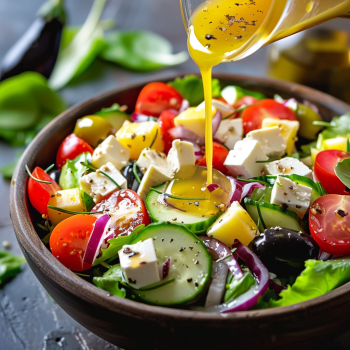
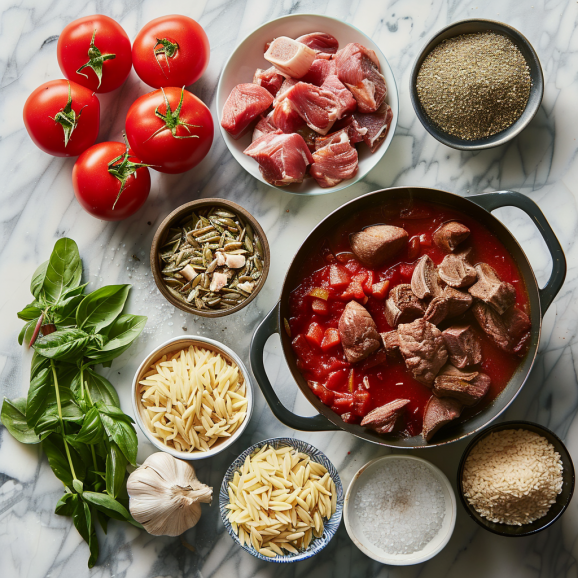
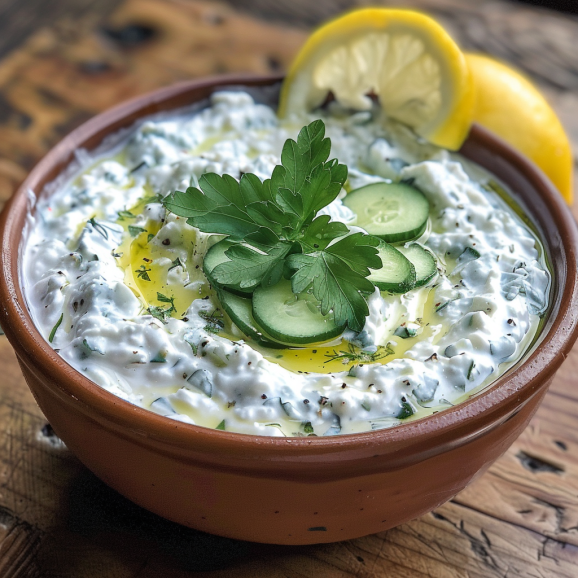

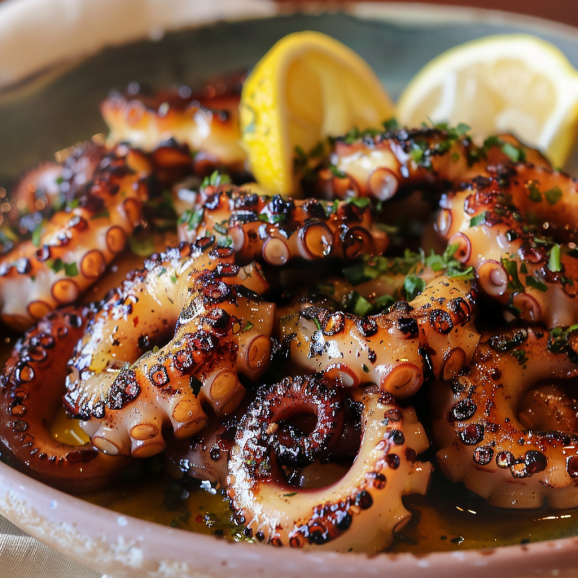
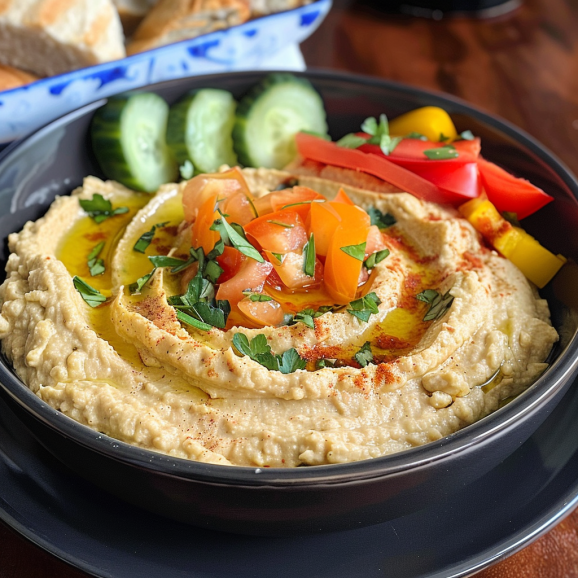


Conclusion
Greek Moussaka is a beloved dish that brings the flavors of Greece to your table. Its rich layers of eggplant, savory meat sauce, and creamy béchamel make it a comforting and satisfying meal. By following this recipe, you can create an authentic Moussaka that will impress your family and friends. Enjoy the journey of making and savoring this classic Greek dish, and don’t forget to pair it with a fresh Greek salad and some crusty bread for a complete Mediterranean experience.
Internal Links:
- Greek Salad Recipe
- Greek Lemon Chicken
- Manuka Honey Health Benefits
- Vegetarian Recipes
- Greek Christmas Traditions
- Refreshing Mediterranean Greek Salad
- Best Greek Cheeses
- Greek Yogurt Benefits
- Greek Food Festivals
- Greek Language and Culture
- Tradition of Greek Breads
- Greek Desserts
External Link:
Greek Moussaka is a testament to the rich culinary heritage of Greece. Its unique combination of flavors and textures makes it a favorite for many. Whether you are preparing it for a special occasion or a family dinner, this recipe will guide you in creating an authentic Greek Moussaka that will delight your taste buds and impress your guests. Enjoy the process of making this classic dish, and savor the delicious results.


















